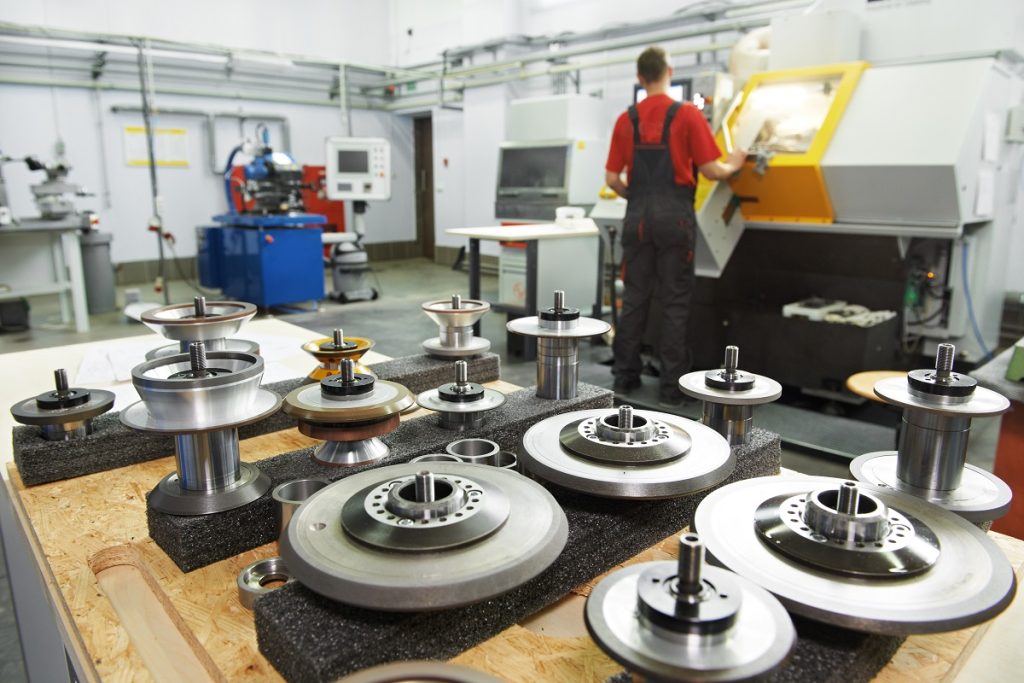- Keep up with changing technology trends through R&D programs. You can stay up-to-date with the latest trends and foster innovation.
- Implement robust supply chain management practices to reduce manufacturing costs, increase operational efficiencies and improve delivery times.
- Establish a quality control system outlining company quality standards and procedures covering product design and final assembly.
- Invest in employee training and development programs to attract and retain talent. Offer competitive compensation packages and growth opportunities.
- Optimize inventory levels and select the right mode of transport according to the product and destination.
The manufacturing industry is one of the most dynamic and competitive industries in the world. The success of a company in the manufacturing space largely depends on how well it can innovate, execute and deliver on its promises.
For Original Equipment Manufacturers (OEMs), these challenges are magnified due to the complexity of the manufacturing process and the ever-growing demand for quality products by customers. In this blog, you will learn about the top challenges facing OEMs today and, more importantly, how to overcome them.
Keeping up with technology changes.
Keeping up with changing technology trends can be a daunting task. As technology evolves, it is imperative for OEMs to keep pace with these changes in order to stay relevant and competitive. One way to overcome this challenge is to invest in research and development (R&D) programs. By doing so, you not only stay up-to-date with the latest trends but also foster innovation and growth within your company.
Manufacturing and Supply Chain.
Manufacturing and the supply chain that supports it can be a challenge for OEMs due to the complexity and diverse geographical locations of their customers. A way to address this challenge is by implementing robust supply chain management practices. An effective supply chain management system will help to reduce manufacturing costs, increase operational efficiencies, and improve delivery times.
Maintaining Quality Control.

Maintaining quality control is a critical challenge for OEMs. Quality control issues can arise anywhere in the manufacturing process, from sourcing materials to final assembly. To ensure consistent product quality, here are four essential steps you need to take:
Develop a quality management system.
Having a quality management system that outlines your company’s quality standards and procedures is essential for quality control. This system should cover all aspects of the manufacturing process, including product design, sourcing materials, production processes, and final assembly.
Set clear objectives for each stage of the process.
At each stage of the manufacturing process—from the initial design phase to finished goods inspection—it is essential to set clear objectives in order to ensure that quality standards are met. This includes establishing criteria for materials selection, product design and development, production processes, and inspection.
Invest in quality control tools.
Using the right quality control tools can help you monitor the entire manufacturing process from start to finish. These tools include automatic testing equipment, measurement instruments, automated data collection systems, and defect-tracking software.
Have a continuous improvement strategy.
Adopting a continuous improvement strategy will help you identify and address any potential issues before they become problems. This involves regularly reviewing your quality management system, identifying areas of improvement, and implementing changes as needed.
By implementing stringent quality control systems, an OEM can ensure its products meet customer requirements, comply with regulatory standards, and achieve customer satisfaction.
Talent Management.
The most significant resource of any company is its human capital. The manufacturing industry is experiencing a shortage of skilled labor. OEMs need to invest in employee training and development programs to attract and retain talent. Offering competitive compensation packages, benefits, and growth opportunities can also help to secure a skilled workforce.
Storage and Transportation Needs.

The cost of storing and transporting goods can often be a hurdle for companies. It is essential to optimize inventory levels and select the right mode of transport according to the product and destination.
You should also partner with custom case manufacturers to design custom storage solutions for your goods. They’ll create cases specifically for your products. This will ensure their safety during transit and protect them from damage. This will help to reduce costs while ensuring the safe and secure delivery of your products.
Increasing Competition.
The manufacturing industry is fiercely competitive, and OEMs face competitors not only in their own country but globally. To overcome this challenge, OEMs need to differentiate themselves by offering innovative products and services. By continuously innovating and improving their processes, companies can stay ahead of their competitors and maintain a solid position in the market.
The manufacturing industry is complex and competitive, but it doesn’t have to be overwhelming for OEMs. By investing in research and development programs, implementing robust supply chain management practices, establishing stringent quality control systems, offering employee training opportunities, optimizing storage and transportation needs, and differentiating themselves through innovation – OEMs can overcome today’s top challenges.


